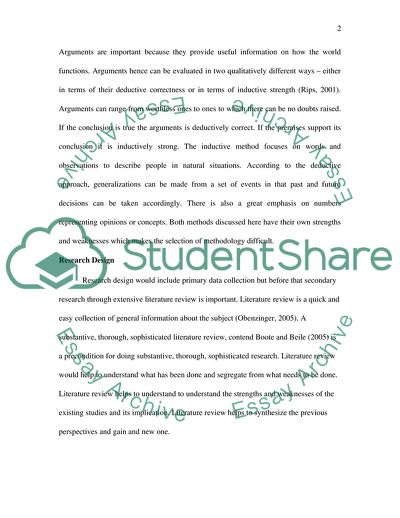Cite this document
(Chinese Banking Credit Structure and Its Impacts on the Financing of Research Paper, n.d.)
Chinese Banking Credit Structure and Its Impacts on the Financing of Research Paper. Retrieved from https://studentshare.org/macro-microeconomics/1727747-the-adjustment-of-chinese-banking-credit-structure-and-its-impacts-on-the-financing-of-chinese-small-and-medium-enterprises12288
Chinese Banking Credit Structure and Its Impacts on the Financing of Research Paper. Retrieved from https://studentshare.org/macro-microeconomics/1727747-the-adjustment-of-chinese-banking-credit-structure-and-its-impacts-on-the-financing-of-chinese-small-and-medium-enterprises12288
(Chinese Banking Credit Structure and Its Impacts on the Financing of Research Paper)
Chinese Banking Credit Structure and Its Impacts on the Financing of Research Paper. https://studentshare.org/macro-microeconomics/1727747-the-adjustment-of-chinese-banking-credit-structure-and-its-impacts-on-the-financing-of-chinese-small-and-medium-enterprises12288.
Chinese Banking Credit Structure and Its Impacts on the Financing of Research Paper. https://studentshare.org/macro-microeconomics/1727747-the-adjustment-of-chinese-banking-credit-structure-and-its-impacts-on-the-financing-of-chinese-small-and-medium-enterprises12288.
“Chinese Banking Credit Structure and Its Impacts on the Financing of Research Paper”. https://studentshare.org/macro-microeconomics/1727747-the-adjustment-of-chinese-banking-credit-structure-and-its-impacts-on-the-financing-of-chinese-small-and-medium-enterprises12288.


